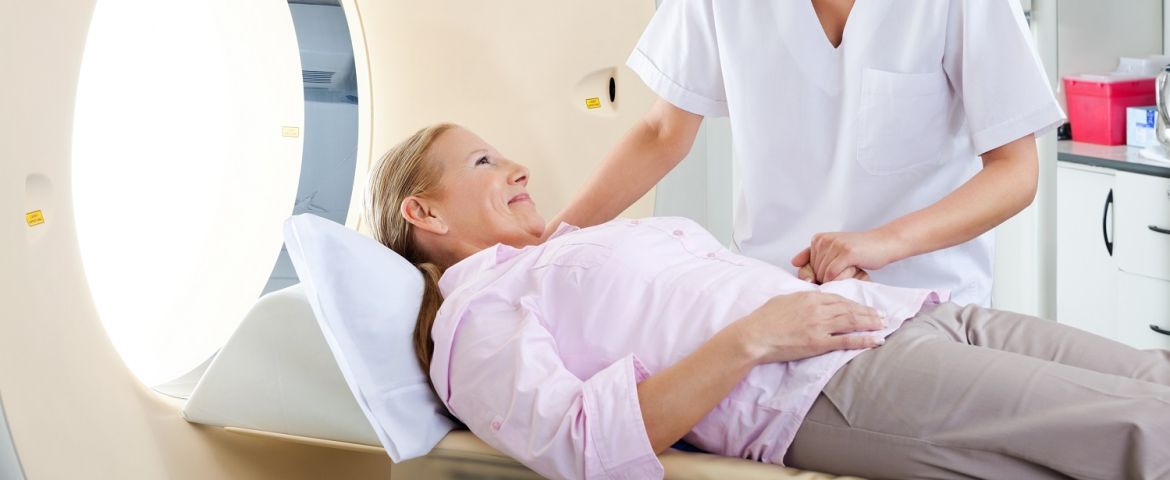Getting a cancer screening may sound scary, but it can be life-saving. The goal of screening tests is to find cancer at its early stages, when it’s easiest to treat.
And there is no excuse to not get these tests because in most cases, they are free to you! Thanks to the Affordable Care Act, your plan will pay 100 percent of the costs for your preventive health care services, as long as you stay in-network. So not only should you get your preventive cancer screenings, but also encourage your friends and family to do the same.
Even if you don’t have symptoms, a cancer screening can help save your life.
Your health plan can help you determine the cancer screening recommendations that are best for you. If a relative has suffered from a certain type of cancer, it is likely that that test will be at the top of the list, so keep that in mind when discussing with your doctor and health plan.
Some common cancer screenings included in preventive care include:
Colorectal cancer screening
There are a variety of screening tests that can detect colorectal cancer. These tests can lead to the early detection of the disease, which may reduce the risk of death and pain caused by colorectal cancer. If you are of average risk for the disease, your doctor may recommend a colonoscopy. This procedure allows your doctor to examine your entire colon, and is able to detect any cancerous or precancerous growths. This painless procedure is usually only recommended for those age 50 and older (or age 40 with a family history) once every 10 years.
Lung cancer screening
Lung cancer is the leading cause of cancer deaths among both men and women. Every year, more people die of lung cancer than from breast, colon and prostate cancers combined. It is important for patients to assess their risk factors for lung cancer. If you have a history of smoking, your doctor may recommend a computed tomography (CT) scan. CT scans of the chest can provide your doctor with more detailed pictures than chest x-rays and are better at finding small abnormalities in the lungs. This is usually only recommended for those over age 50 who currently smoke, or have recently quit smoking.
Breast cancer screening
Breast cancer is the second most common cancer among American women. Approximately 1 in 8 women in the U.S. will develop breast cancer in their lifetime. A mammogram, or X-ray of the breast, is used to screen for breast cancer and can often detect tumors that cannot be felt during self-breast exams.They can also detect tiny deposits of calcium called microcalcifications, which sometimes indicate the presence of breast cancer. Mammograms are recommended for women over age 50 (or age 30 for those at high risk) once every two years.
Cervical cancer screening
Over the last 30 years, the cervical cancer death rate has dropped by 50 percent, due in large part to the increased use of the Pap test as an early detection method. Today, cervical pre-cancers are diagnosed far more often than invasive cervical cancer, which leads to better treatment options and increased survival rates. A Pap smear can detect pre-cancerous lesions or changes in cells that might suggest cancer will develop in the future. Typically, doctors recommend a Pap test to women beginning at age 21 and may combine the test with a screening for human papillomavirus (HPV). Tests are typically performed every three years, but your family history and overall health may cause your doctor to test more frequently or begin at an earlier age.
Take advantage of your health plan’s free, preventive care to stay up-to-date on your cancer screenings. Even if you don’t have symptoms, a cancer screening can help save your life.


